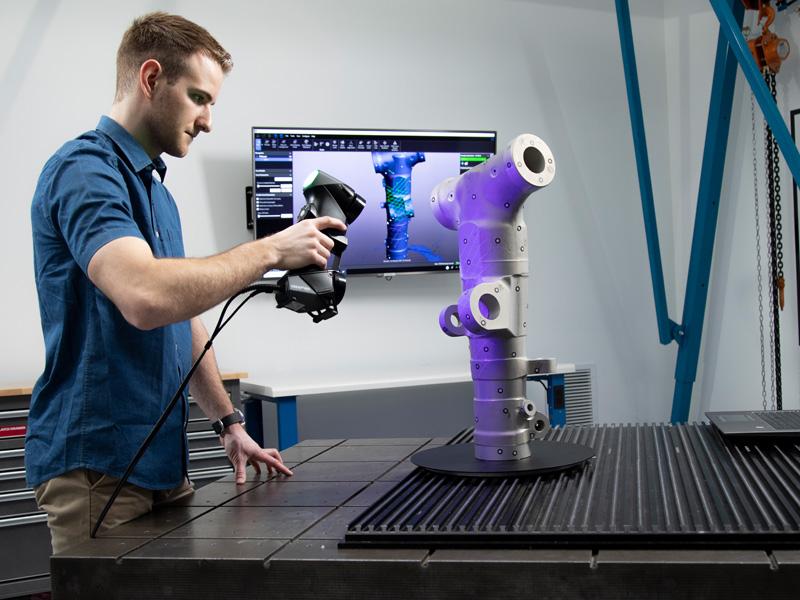In the competitive business landscape of today, staying ahead requires embracing cutting-edge technologies that can propel your operations to the next level. One such technology that has revolutionized many industries is 3D scanning. By utilizing the best 3D scanning services available, businesses can unlock a plethora of opportunities to enhance their product development, improve quality control, accelerate prototyping, and ultimately maximize their business potential.
How 3D Scanning Services Can Benefit Your Business
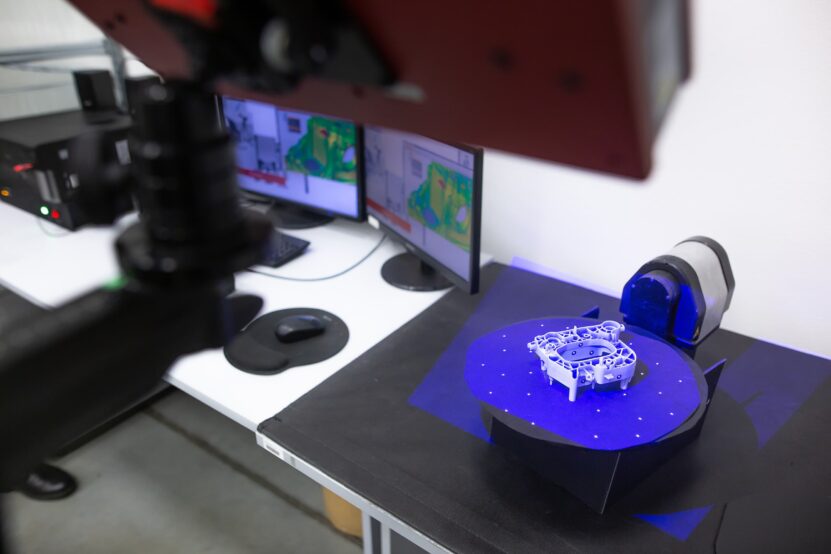
Enhancing Product Development with 3D Scanning
3D scanning plays a pivotal role in enhancing product development processes. By creating detailed and precise 3D models of physical objects, businesses can streamline the design phase, identify potential flaws early on, and iterate quickly based on feedback, leading to more efficient and cost-effective product development cycles.
Improving Quality Control through 3D Scanning Solutions
Quality control is paramount in ensuring customer satisfaction and regulatory compliance. With high-resolution 3D scans, businesses can scrutinize every detail of their products with unparalleled accuracy. This not only helps in detecting defects and deviations from specifications but also facilitates continuous improvement efforts to maintain consistent quality standards.
Accelerating Prototyping with Professional 3D Scanning
Prototyping is a crucial phase in product development where the design concepts are turned into physical objects for testing and validation. Professional 3D scanning services enable businesses to quickly capture the geometry of prototypes, make necessary design adjustments on the fly, and iterate rapidly until the desired product performance is achieved. This accelerated prototyping process can significantly reduce time-to-market and drive innovation.
Choosing the Right 3D Scanner for Your Industry
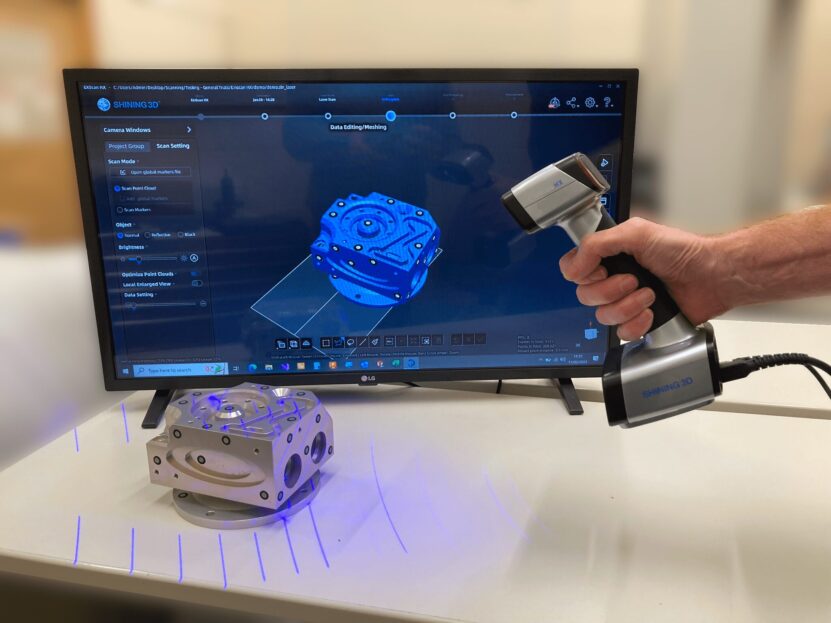
Understanding Different Types of 3D Scanners
Before investing in a 3D scanner, it’s essential to grasp the various types available in the market, such as laser scanners, structured-light 3D scanners, and portable 3D scanners. Each type has its advantages and limitations, making it crucial to select the one that best suits your industry needs and applications.
Factors to Consider When Selecting a 3D Scanner
When choosing a 3D scanner, factors like scanning speed, accuracy, ease of use, and compatibility with existing software tools (like SolidWorks) should be taken into account. By evaluating these criteria, businesses can ensure they invest in a scanner that aligns with their specific requirements and delivers the desired results.
Benefits of Handheld 3D Scanners for Your Business
Handheld 3D scanners offer portability and flexibility in scanning complex objects or hard-to-reach areas. Their ease of use and quick setup make them ideal for various industries, including manufacturing, healthcare, and archaeology, where precise 3D data acquisition is vital for decision-making and problem-solving.
Utilizing 3D Scanning for Reverse Engineering and Inspection
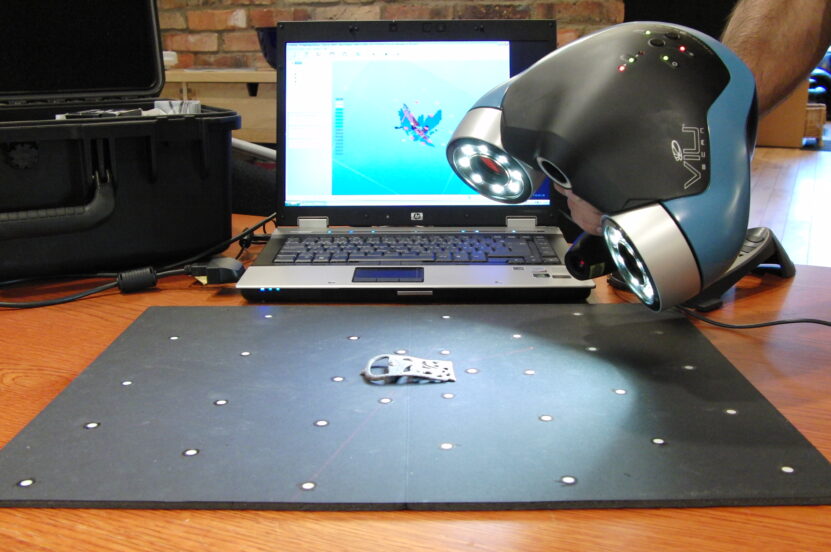
Optimizing Reverse Engineering Processes with 3D Scanning
Reverse engineering involves creating a CAD model or file based on an existing physical object, making it a valuable technique for product improvement or replication. By using 3D scanning technology, businesses can capture detailed geometry and surface information of objects to facilitate accurate reverse engineering processes.
Enhancing Inspection Accuracy with High-resolution 3D Scans
Inspection tasks demand precision and thoroughness to detect defects, ensure compliance, and maintain quality standards. High-resolution 3D scans from Digital Reality Lab provide detailed insights into the minutest features of objects, enabling businesses to conduct thorough inspections and make informed decisions based on reliable data.
Creating CAD Models and Files Using 3D Scanned Data
3D scanned data serves as the foundation for creating accurate CAD models and files that can be further utilized in design, simulation, and manufacturing processes. By leveraging the captured 3D data, businesses can expedite the creation of virtual representations of physical objects, paving the way for enhanced productivity and innovation.
Integrating 3D Scanning into Your Workflow for Efficient Results
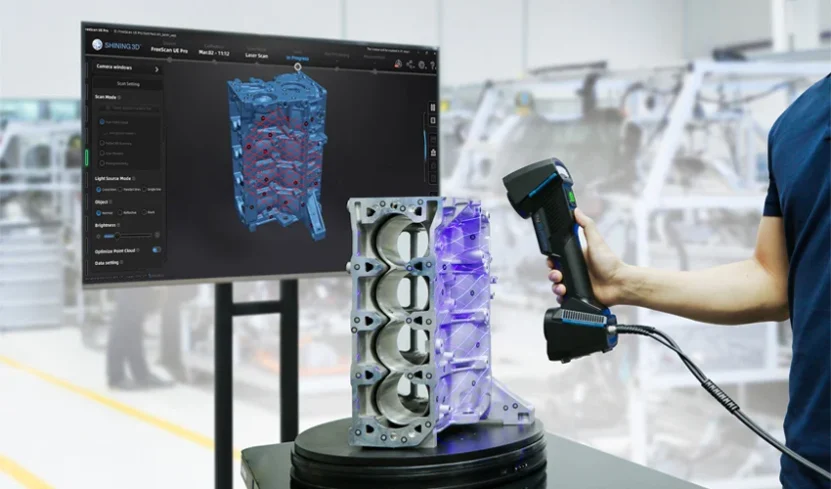
Maximizing Efficiency by Incorporating 3D Scanning in Workflows
Integrating 3D scanning into existing workflows can streamline processes, reduce manual intervention, and enhance overall operational efficiency. By automating data capture and analysis tasks with 3D scanning technologies, businesses can optimize their workflows and achieve faster turnaround times with consistent quality outputs.
3D models and CAD files derived from 3D scanning data serve as a common language for collaboration across teams and departments within an organization. By sharing visual representations of products or components, stakeholders can communicate ideas effectively, drive consensus, and expedite decision-making processes for better project outcomes.
Streamlining Processes with 3D Scanning and Prototyping
Integrating 3D scanning with prototyping activities can revolutionize the product development cycle by enabling rapid iterations, reducing costs, and enhancing design accuracy. By leveraging the power of 3D scanning and prototyping technologies, businesses can innovate faster, respond to market demands efficiently, and gain a competitive edge in their respective industries.
The Impact of 3D Scanning Technology on Business Success
3D Scanning Solutions for Various Industries
3D scanning technology has found applications across a wide range of industries, including automotive, aerospace, healthcare, architecture, and entertainment. The versatility of 3D scanning solutions makes them indispensable tools for product design, quality assurance, reverse engineering, and documentation purposes in diverse sectors.
By harnessing the capabilities of photogrammetry and 3D CAD alongside 3D scanning, businesses can achieve comprehensive digital representations of physical objects with unparalleled accuracy. This holistic approach not only enhances design workflows but also fuels business growth by enabling faster iteration cycles, better decision-making, and superior product outcomes.
Successful adoption of 3D scanning technologies equips businesses with the tools and capabilities to stay ahead of the competition in today’s dynamic market environment. By embracing the best 3D scanning practices, businesses can drive innovation, deliver superior products and services, and position themselves as industry leaders, ensuring sustained success and growth in the long run.

